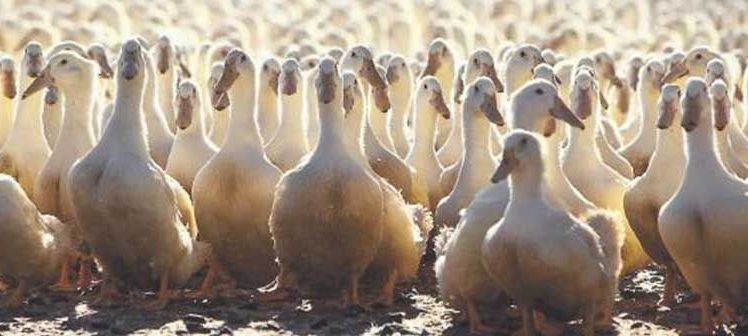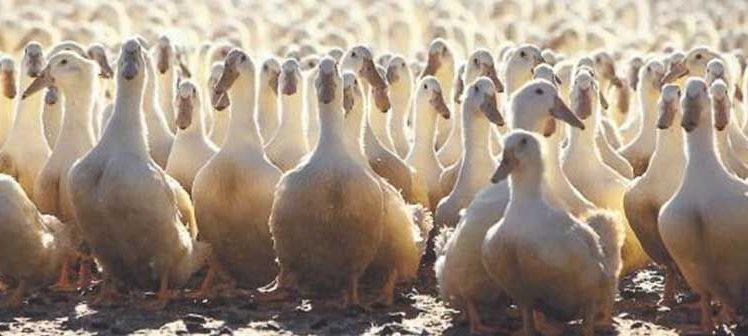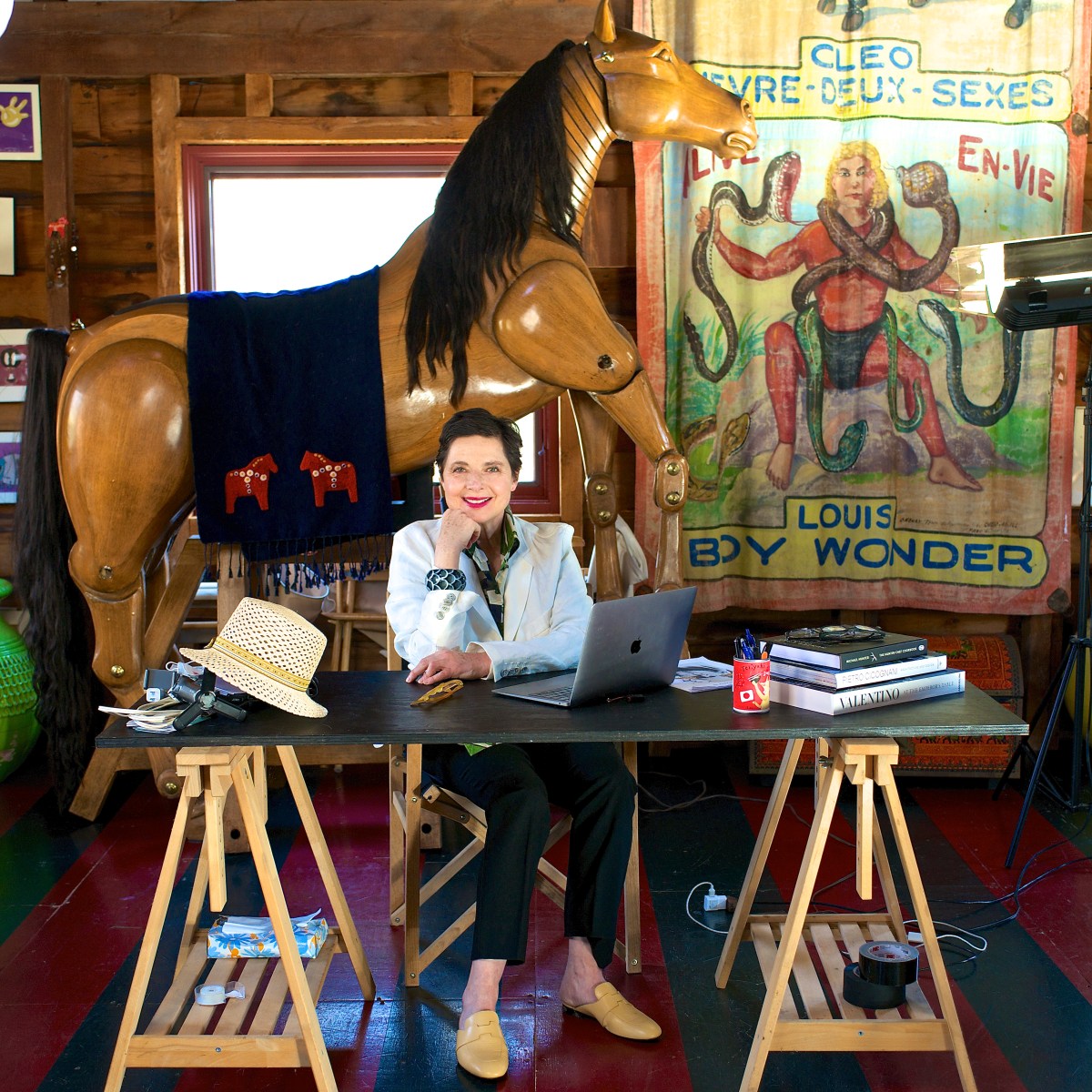The farm’s owner reported signs of illness last week, and USDA testing confirmed the virus on Jan. 17. The farm, which houses over 100,000 birds, is under quarantine, with state and federal agencies overseeing containment and disinfection efforts.
No farm workers have reported illness, but officials are conducting interviews, testing, and providing preventive medications to those at risk.
Since 2022, H5N1 has been detected in wild birds and poultry across New York, and in 2024, cases were confirmed in dairy cows in multiple states. No human infections or cattle cases have been reported in New York.
“The risk to public health is minimal as the virus at this point is not transmissible among humans,” said Dr. Gregson Pigott, Suffolk County Health Commissioner, said. “A full investigation is underway because there is some potential for transmission of the H5N1 bird flu from the infected birds to individual farm workers who had high-risk exposures.”
That sentiment was echoed by Kate Perz, the science program coordinator for Cornell Cooperative Extension Suffolk County’s 4-H program.
“This current strain has been found in dairy cattle, in some goats, I believe they’ve seen it in an alpaca,” Perz said. “It’s something that
the industry is very aware of, and they are being very prompt and responsive to any cases that they see pop up. The CDC reports that the risk to the general public is low. There is a risk. It can transfer to humans when they are working with infected animals. We’ve been dealing with this strain of avian influenza since 2022. People can get it from the animals, but there has been no human-to-human transmissions.”
Perz added that there have been 67 confirmed cases in the United States with only one death.
While the owners of Crescent Duck Farm did not immediately return a request for comment, other news outlets have reported that up to 99,000 ducks will be euthanized due to the risk of spread, putting the last duck farm on Long Island at risk of going out of business.
That decision, however, may be the right one, as Perz adds that the virus spreads very easily between birds because wild birds can carry it and interact with poultry – farm grade or backyard chickens and ducks.
“All it can take is a bird flying over your yard and pooping on it,” Perz said. “And even though it’s only in one spot, any bird that walks through it is going to spread it, and it’s incredibly contagious and very fatal. You can lose your entire flock in a matter of a day or two. If you have backyard poultry, you might want to consider taking your bird feeders down. We don’t want to encourage interaction with wild birds. Keep your birds inside their coup or run if you have the ability to do so. You want to make sure that you’re not having people who have their own chickens walk into your backyard wearing clothes or shoes that were near their birds, because it can be carried on clothes, shoes, car tires, feet, even.”
Click here to read more about the risks of human infection with bird flu.
Click here to read more about the disease in poultry and wild birds.




